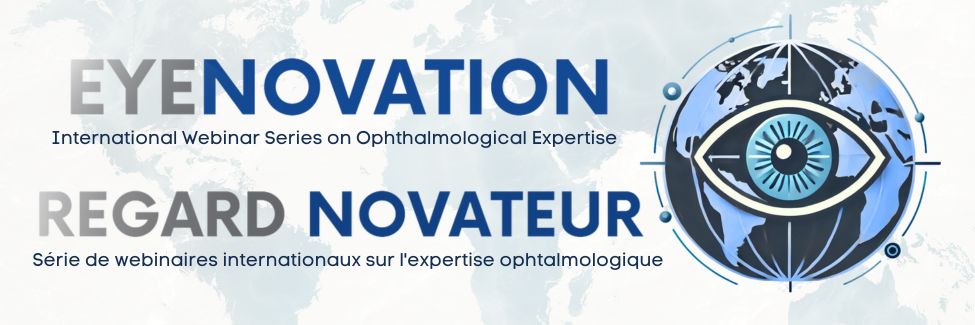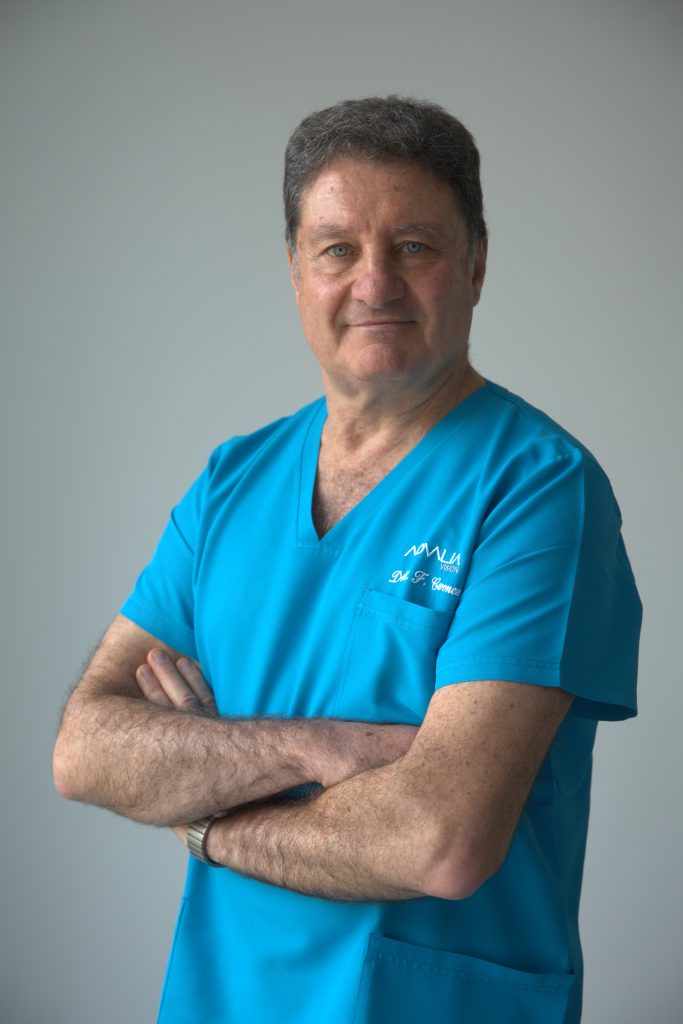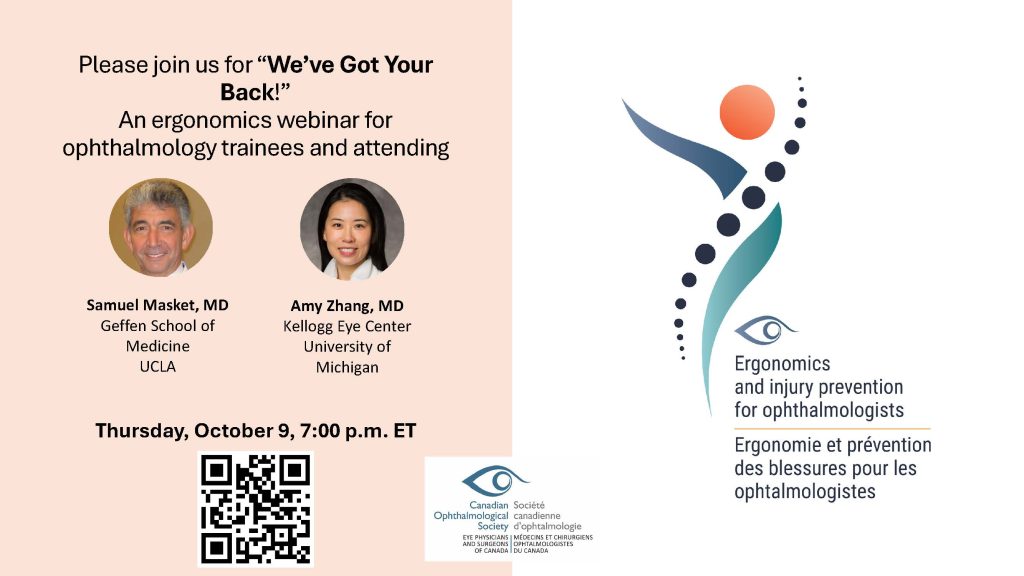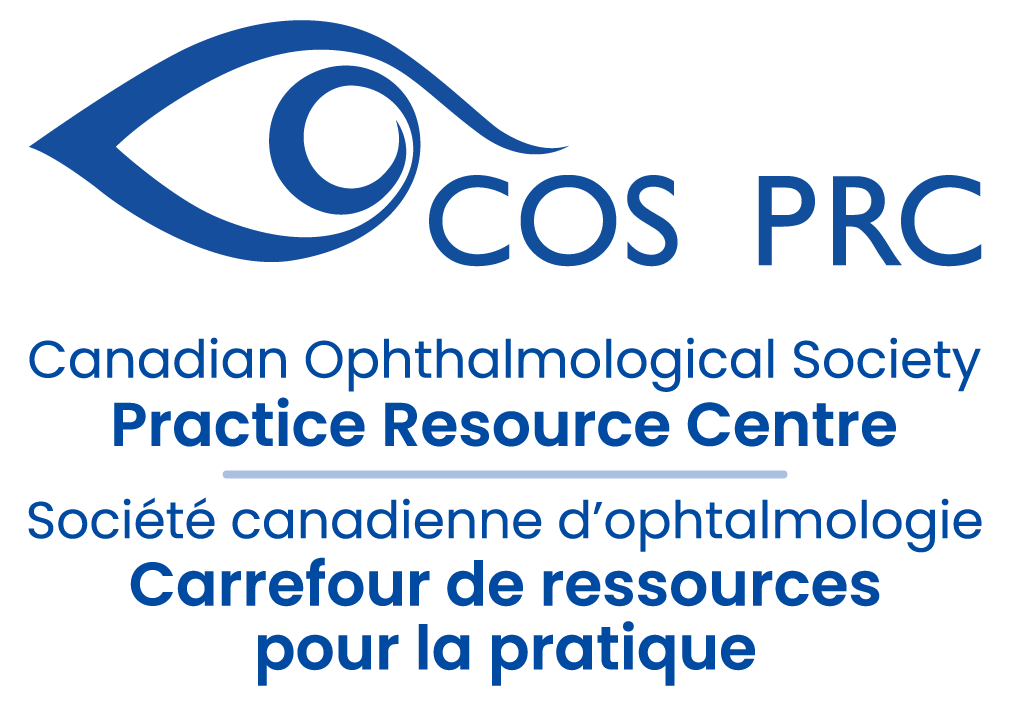Explore the Practice Resource Centre

EXPLORE THE PRACTICE RESOURCE CENTRE – we are pleased to share the new PRC promotional video. In just over two minutes, we highlight the benefits of the site for seasoned practitioners and those just starting their career, how to easily submit ideas and resources, how to create a custom reading list, and much more.
Glaucoma OCT Interpretation: 101
Glaucoma OCT Interpretation is an online, Section 3 accredited course available at EyeCarePD.com. A game-based approach is applied to learning OCT interpretation. This course covers commonly encountered OCT presentations of glaucoma as seen on standard optic nerve head and retinal nerve fiber layer scan protocols with the purpose of improving interpretation skills using perceptual learning strategies.
Getting started is easy:
- Using the Google Chrome browser, navigate to https://eyecarepd.com/catalog/glaucoma-group/
- Select Glaucoma OCT Interpretation 101 (COS Accredited) and add the product to the cart
- At checkout, use the coupon code ECPDCOSGLAUCOMA to set the price to 0.
- Your course is now available under My Courses at the top of the screen.
Learning Objectives:
- Identify segmentation errors and their role in OCT scan interpretation
- Utilize varying sections of the OCT report including tabular data, sector analysis and graphical displays
- Interact with expert interpretation in order to compare their findings in selected cases
Accreditation
This activity is an Accredited Self-Assessment Program (Section 3) as defined by the Maintenance of Certification program of the Royal College of Physicians and Surgeons of Canada. This web-based lesson was approved by the COS on October 23rd, 2020 and expires October 2023. Remember to visit MAINPORT to record your learning and outcomes. You may claim a maximum of 1 hour (credits are automatically calculated).
This activity was co-developed with EyeCarePD and the Canadian Ophthalmological Society (COS) and was planned to achieve scientific integrity, objectivity and balance.
Access Details
To participate in this course visit https://eyecarepd.com/catalog/glaucoma-group/


EyeNovation: Presbyopia-Correcting IOLs: What You Need to Know

Join us for our next EyeNovation webinar, “Navigating the Ocean of Presbyopia-Correcting IOLs”, presented by Dr. Francesco Carones, a leading expert in refractive and cataract surgery.
This webinar will take place on December 17, 2025 from 12:00 PM – 1:00 PM Eastern Time.

Francesco Carones, MD, is an internationally recognized leader in refractive and cataract surgery. A graduate of the University of Milan, he completed specialized refractive surgery training at Emory University before serving as Assistant Professor and Director of Refractive Surgery at San Raffaele Hospital in Milan.
Now Medical Director and Physician CEO of Advalia Vision, Dr. Carones focuses on lens replacement and refractive procedures. Since 1989, he has been deeply involved in pioneering technologies—excimer lasers, LASEK, mitomycin-C applications, toric and multifocal IOLs, and advanced lenticular extraction platforms. He also developed the first objective software for defocus curve measurement.
Dr. Carones has published more than 160 peer-reviewed works and lectures globally at major scientific meetings. He is Associate Editor of the Journal of Refractive Surgery, serves on multiple editorial boards, and sits on advisory boards for leading ophthalmic companies. He is a Board Member of AECOS and WCRSVS and President-Elect of AECOS Europe. In 2023–2024, he was named to the Ophthalmologist PowerList of the top 100 most influential leaders in the field.
Learning Objectives
By the end of the session, participants will be able to:
- Understand the performances of the different presbyopia-correcting IOLs both as regards their advantages (e.g., defocus curves, spectacle independence provided) and their drawbacks (e.g., night dysphotopsia, light dependence for reading).
- Present the different technologies to patients effectively to help them understand which options best suit their needs and expectations
- Manage postoperative outcomes by aligning patient expectations with clinical reality and addressing dissatisfaction.
DOVS GRAND ROUNDS – Timely, topical, and technologic pearls for effective teaching – VIA ZOOM
Date: Friday November 21, 2025
Time: 7:30 AM – 8:30 AM
Title: Timely, topical, and technologic pearls for effective teaching
Speaker: Dr. Andrew Lee
Zoom link: https://us02web.zoom.us/webinar/register/WN_ofczSy-vT8K5ozDvq33xkA
After registering, you will receive a confirmation email containing information about joining the webinar.
Objectives:
- To describe the countermeasures for overcoming the barrier of limited time for busy clinicians
- To describe topical and technologic options for improving teaching outside and inside the clinic
The VPP Grand Rounds Local and Visiting Professor Program is a self-approved group learning activity (Section 1) as defined by the Maintenance of Certification program of The Royal College of Physicians and Surgeons of Canada. You will be able to claim 1 credit for this round.
DOVS CORNEA ROUNDS – Part one: Not in the textbook. Part two: Fellowship, early career, and general life hacks
Date: Thursday, November 20
Time: 5:00 PM – 6:00 PM Eastern Time
Title: Part one: Not in the textbook. Part two: Fellowship, early career, and general life hacks
Speaker: Dr. Joshua Teichman
Zoom Link to Register: https://us02web.zoom.us/webinar/register/WN_sEojKE9ASr6exkBaqh58Hw
After this session, participants will be able to:
- Explore conditions not found in textbooks;
- Discuss mindset for unknown cases;
- Discuss productivity and efficiency pearls.
The VPP Grand Rounds Local and Visiting Professor Program is a self-approved group learning activity (Section 1) as defined by the Maintenance of Certification program of The Royal College of Physicians and Surgeons of Canada. You will be able to claim 1 credit for this round.
“My Story” Series: A Colleague’s Ergonomic Journey (featuring Dr. Dan O’Brien)
The first in our series of “My Story” videos, this installment features Dr. Dan O’Brien, an ophthalmologist in Nova Scotia, and a past president of the Canadian Ophthalmological Society. The full video and teasers are available for use anytime – and please share with colleagues.
2026 Update & Review Lecture Series
Dr. Edsel Ing and co-moderator Dr. Rahul Sharma invite you to join the free Canada-wide Update & Review Lectures, held Tuesdays from 7:30–9:30 pm EST.
Designed for practicing ophthalmologists (Section 1 credits) and residents preparing for Royal College written or OKAP exams, these sessions feature highly interactive content including MCQs, fill-in-the-blank questions, and photo unknowns. Thank you to all our speakers for their dedication in making these lectures engaging and informative!
| 2026 Dates | Topic | Speaker |
| Tuesday, January 6 | Cornea | Dr. Saama Sabeti |
| Tuesday, January 13 | Oculoplastics | Dr. Michel Belliveau |
| Tuesday, January 20 | Cataract | Dr. Ike Ahmed |
| Tuesday, January 27 | Peds | Drs. Crystal Cheung and Kamiar Miraskandari |
| Tuesday, February 3 | Pathology | Dr. Jim Farmer |
| Tuesday, February 10 | Retina | Dr. Mike Dollin |
| Tuesday, February 17 | Uveitis | Dr. Seema Emami |
| Tuesday, February 24 | Optics | Dr. Mike Wan |
| Tuesday, March 3 | Glaucoma | Dr. Jing Wang |
| Tuesday, March 10 | Neuro-ophthalmology | Drs . Bursztyn and Sheldon |
To register, please email: [email protected]
EyeLearnIVFA
EyeLearnIVFA is a Canadian collaborative virtual resource for intravenous fluorescein angiography (IVFA). It is designed to provide students, fellows and ophthalmologists an accessible and self-paced medical education resource.
The website reviews fundamental anatomy and concepts related to fluorescein angiography. As well, through a case based approach, EyeLearnIVFA hopes to increase familiarity with interpretation of this imaging modality and emphasize the clinical utility of this image modality in management of retinal vascular disease. While cases exist on the website already, we hope to build an atlas of class and rare cases to ensure it becomes a well-rounded and robust resource. As such, we invite case contributions from Canadian medical learners, residents, fellows and ophthalmologist colleagues.
| Founders | Dr. Alexander Kaplan, BSc, MD, FRCS(C) Uveitis and Medical Retina Specialist, University of Toronto Dr. Wai-Ching Lam, MD, FRCS(C) Vitreo-Retinal Surgeon, University of British Columbia Dr. Imaan Zera Kherani, BHSc, MD PGY-3 Ophthalmology Resident, University of Alberta |
| Core Team | Caroline Aizouki Fourth Year Medical Student, University of Alberta Paige Campbell, MD PGY-1 Resident Physician, University of Alberta |
We’ve Got Your Back! A COS Webinar Recording

Please note that this webinar has passed. A recording is available below.
October is Ergonomics Month and what better time to learn more about staying safe and healthy in your practice and personal life? Join us on Thursday, October 9, 2025 for an educational and lively discussion on Ergonomics and Injury Prevention.
Learn more from ergonomics experts Dr. Sam Masket, Clinical Professor of Ophthalmology (Retired), Geffen School of Medicine, UCLA and founding partner of Advanced Vision Care in Los Angeles, and Dr. Amy Zhang, Associate Clinical Professor of the Glaucoma Service at the University of Michigan Kellogg Eye Center. Moderated by Dr. R. Rishi Gupta, Chair of the COS Ergonomics and Injury Prevention Working Group, this accredited webinar will feature an interview-style presentation, practical and interactive “micro breaks” videos, and the premiere of our ergonomics video featuring ophthalmologist and COS Past President Dr. Dan O’Brien from Nova Scotia sharing his patient journey.
At the end of this webinar, participants will:
- Understand the impact that musculoskeletal (MSK) disorders have on physician performance, job satisfaction and workforce limitations.
- Understand the ergonomic problems associated with workplace equipment, such as operating microscopes, slit lamps, and indirect ophthalmoscopes.
- Appreciate what modalities exist to reduce the impact of MSK disorders and how this subject should be part or Resident/Fellow education.
World Sight Day
Written by Pauline Calixte, 4th year medical student at University of Sherbrooke.
On October 9th, we recognize the importance of eye care.
Coordinated by the International Agency for the Prevention of Blindness (IAPB) and
supported by the World Health Organization (WHO), this global event aims to highlight
the importance of accessible, affordable, and quality eye care for all.
Approximately 2.2 billion people around the world live with some form of vision
impairment. Many of these conditions can be managed with early detection and proper
care, as nearly half of all cases are preventable or treatable.
Objectives:
- Raise awareness about the importance of eye health
- Draw government’s attention to the need for investment in accessible and affordable eye care
- Promote regular eye exams to prevent avoidable diseases
What you can do:
- Get your eyes tested and encourage others to do the same.
- Share your story on social media using hashtags like #WorldSightDay and LoveYourEyes
- Support organizations working in global eye health.
For more information, please visit the World Sight Day
References:
- IAPB. World Sight Day [Internet]. IAPB; [cité le 3 octobre 2025]. Disponible à hIps://www.iapb.world/world_sight_day
- Sightsavers. World Sight Day 2025 [Internet]. Sightsavers; 2025 [cité le 3 octobre
2025]. Disponible à : hIps://www.sightsavers.org/world-sight-day/ Sightsavers
A Heavy Heart – Globe and Mail
Recommended by Dr. R. Rishi Gupta, this Globe and Mail article offers an important reflection on physician wellness and the physical and mental toll of striving for excellence in medicine. It’s a meaningful read for anyone interested in ergonomics, balance, and sustainable practice.



